Sometimes without warning, life can become incredibly busy and chaotic causing stress not only on your day, but on your body as well. Using these 4 Ways to Decompress a Stressful Day will help you unwind, regroup, and regain focus.
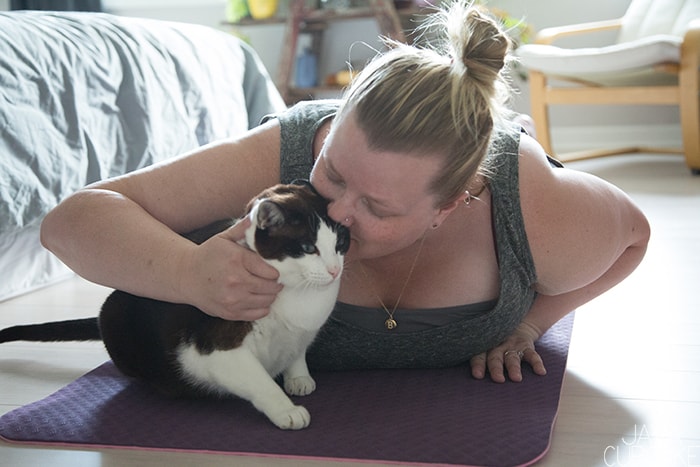
Photos by the uber-talented Frenchly Photography.
My personal life has had it’s share of ups and downs creating times of chaos and calmness. Let’s be real here though… there’s definitely been more chaos than calm.
Since moving from Germany to the United States, I’ve found myself yearning for balance and peace in my life. Through the community of friends, colleagues, and military caregivers here in Washington, DC, I have learned so much about being mindful and the importance of self-care.
These tips are what work for me to decompress from a stressful day.
4 Ways to Decompress a Stressful Day
1: Drink Water
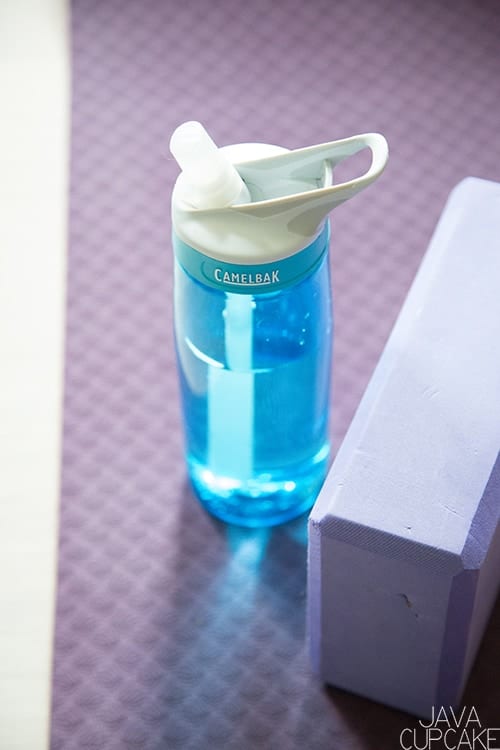
Do you get headaches? Feel tired all the time? Is your mouth dry and you just feel thirsty? These are all signs that you probably need more water in your life.
Since your brain is mostly water, drinking it helps you think, focus and concentrate better and be more alert. As an added bonus, your energy levels are also boosted!
I have constant headaches, but I find that drinking water helps relieve and prevent those headaches (migraines & back pains too!) which are commonly caused by dehydration. I have even gone as far as to look into something like a lower back pain chiropractor, to see if I can get any help with these pains. They can be a lot to deal with at times, so I’m sure this will make all the difference. My back pain affects my life in many different ways. I had to contact a lawyers like Aston Knight Solicitors in Bury to make sure I got the correct compensation for my personal injury. It’s all sorted out now though and I’m so glad!!
There also those that look for phenibut HCL for sale as it could also help give stress relief.
Tips for Incorporating Water into Your Day
- Instead of your second cup of coffee in the morning – fill your favorite water bottle and sip on that.
- Speaking of favorite water bottles, mine is my teal Camelbak. Go to Target, Walmart or wherever and pick out a bottle, glass, cup that you love and will enjoy drinking from!
- If you have the taste of water, try adding lemon or other citrus wedges to it for flavor. Not only will your water taste good, but the lemon aids in digestion.
- Stop bringing the sugary drinks into the home or workplace. If you only have water to choose from, you’re more likely to drink it.
2: Practice Mindfulness & Meditation
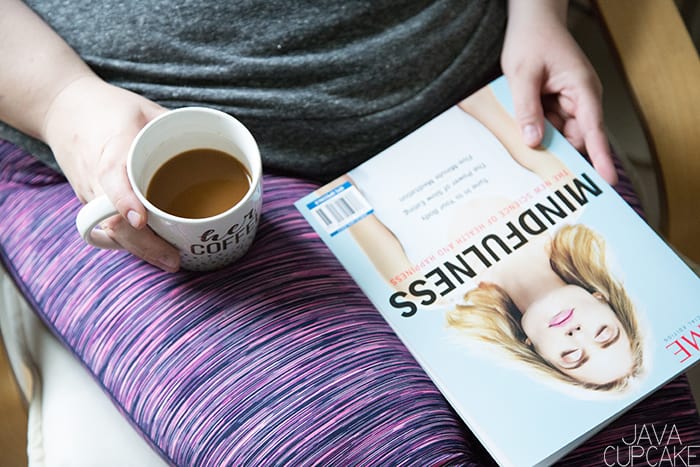
In 2016, I was introduced to mindfulness for the first time by my husband who was in therapy for his PTSD at Fort Belvoir. The concept was instantly intriguing to me but I didn’t immediately do anything to learn more about it until I was a Fellow in the Dog Tag, Inc. Fellowship Program.
Mindfulness is the basic human ability to be fully present, aware of where we are and what we’re doing, and not overly reactive or overwhelmed by what’s going on around us.
In a mindful state your mind is fully attending to what’s happening, to what you’re doing, and to the space you’re moving through. Too often our minds veer from the moment and what we’re trying to accomplish and our mind takes flight.
We lose touch with our body, and pretty soon we’re engrossed in obsessive thoughts about something else and in turn those new thoughts tend to distract us and make us anxious.
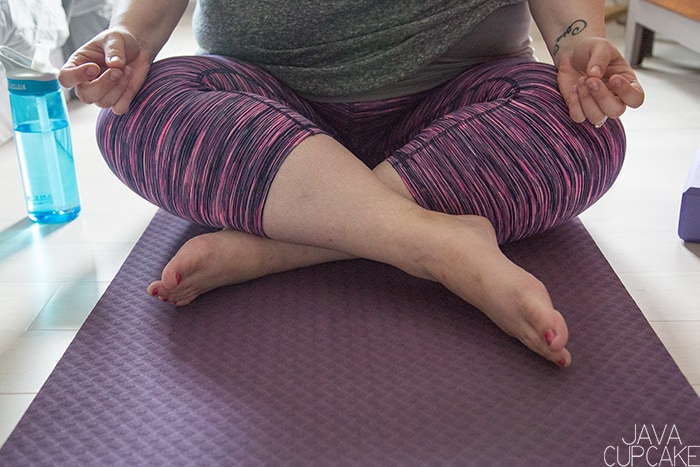
Mindfulness can be practiced by simply incorporating a few proven techniques into every day life. When we meditate it doesn’t help to fixate on the benefits, but rather to just do the practice, and yet there are benefits or no one would do it.
When we’re mindful, we reduce stress, enhance performance, gain insight and awareness through observing our own mind, and increase our attention to others’ well-being.
Mindful meditation gives us a time in our lives when we can suspend judgment and unleash our natural curiosity about the workings of the mind, approaching our experience with warmth and kindness—to ourselves and others.

As I find myself being stressed during my day, I take 5 minutes to breathe and become centered by practicing minute mindful meditation.
5 Minute Mindful Meditation
- Find a relaxed, comfortable position. You could be seated on a chair or on the floor on a cushion. Keep your back upright, but not too tight. Hands resting wherever they’re comfortable. Tongue on the roof of your mouth or wherever it’s comfortable.
- Notice and relax your body. Try to notice the shape of your body, its weight. Let yourself relax and become curious about your body seated here—the sensations it experiences, the touch, the connection with the floor or the chair. Relax any areas of tightness or tension. Just breathe.
- Tune into your breath. Feel the natural flow of breath—in, out. You don’t need to do anything to your breath. Not long, not short, just natural. Notice where you feel your breath in your body. It might be in your abdomen. It may be in your chest or throat or in your nostrils. See if you can feel the sensations of breath, one breath at a time. When one breath ends, the next breath begins.
- Be kind to your wandering mind. Now as you do this, you might notice that your mind may start to wander. You may start thinking about other things. If this happens, it is not a problem. It’s very natural. Just notice that your mind has wandered. You can say “thinking” or “wandering” in your head softly. And then gently redirect your attention right back to the breathing.
- Stay here for five to seven minutes. Notice your breath, in silence. From time to time, you’ll get lost in thought, then return to your breath.
- Check in before you check out. After a few minutes, once again notice your body, your whole body, seated here. Let yourself relax even more deeply and then offer yourself some appreciation for doing this practice today.
From Mindful: Taking time for what matters
3: Stretch Your Pectoral Muscles
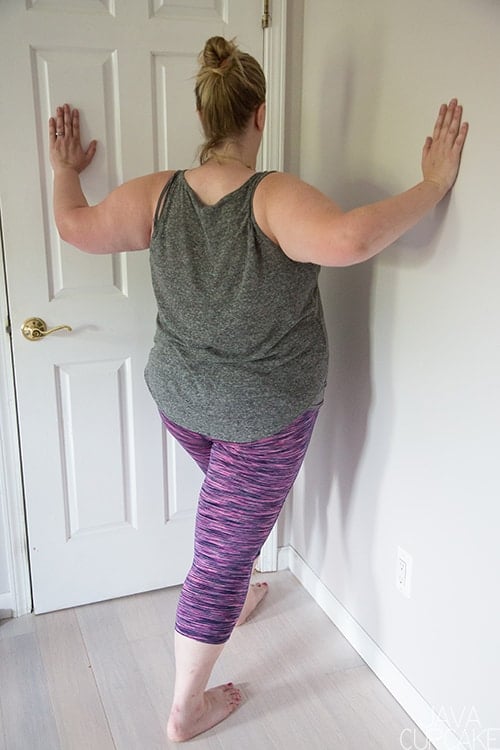
I sit at a desk most days for several hours at a time and find myself hunched over with my shoulders rounded in toward my chest. Constantly, I’m reminding myself to sit tall and roll my shoulders back, however the pain and discomfort I feel in my neck, chest and shoulders is undeniable after sitting at my desk.
Last year, I went to a holistic physical therapist, Megan Anderson, for my back and neck pain along with headaches. She explained to me that the muscles in my chest were constricting, pulling tighter as I sat hunched at my desk.
To alleviate the pain associated with this, Megan my pain was to stretch my pectoral muscles at least once day.
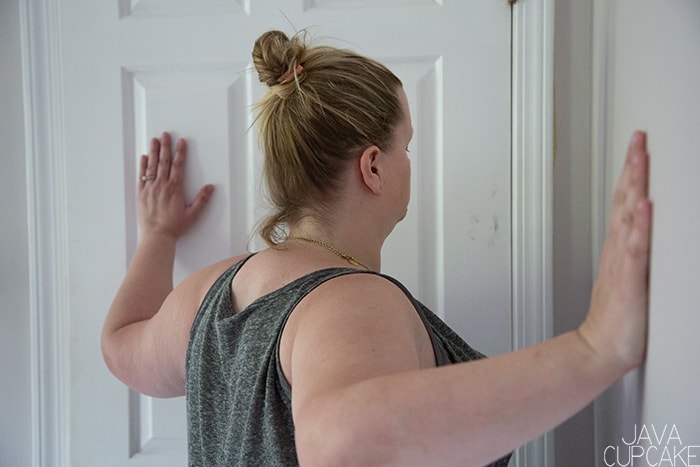
How to Stretch your Pectoral Muscles
- Find a 90 degree corner wall in your work space or home.
- Stand about a foot away from the wall with one foot forward and one back and gently bend your front knee.
- Lift both arms so they are shoulder height and bend your elbows at a 90 degree angle.
- Place your hands into the wall in front of you – one hand on each wall – and press your body forward. Keep your chin/head up. You should feel the stretch in your pectoral muscle. Hold this for 10-20 seconds.
- Switch positions of your feet and repeat the stretch.
- You can change the position of your hands up or down or how much you press into the stretch depending on what feels good for you body.
*I am not an expert physical therapist. This is just what has worked for me to ease stress. Please consult your doctor for a routine that’s right for you.
4: Practice yoga
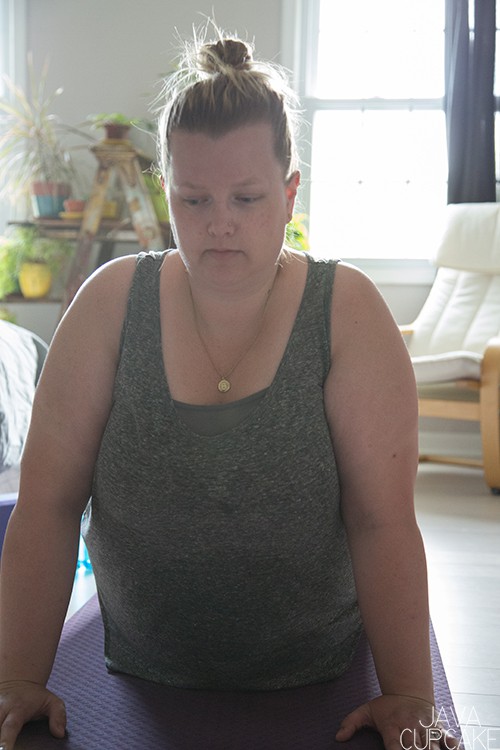
If you would have asked me 3 years ago if I ever saw myself practicing yoga, I would have laughed at you. However, having witnessed the benefits personally I am a believer in the benefits and power of yoga today!
The benefits of yoga provide both instant gratification and lasting transformation. The practice of yoga will allow you to find stillness, peace and tranquility as well as helping to relieve stress and declutter the mind, allowing you to become more focused.
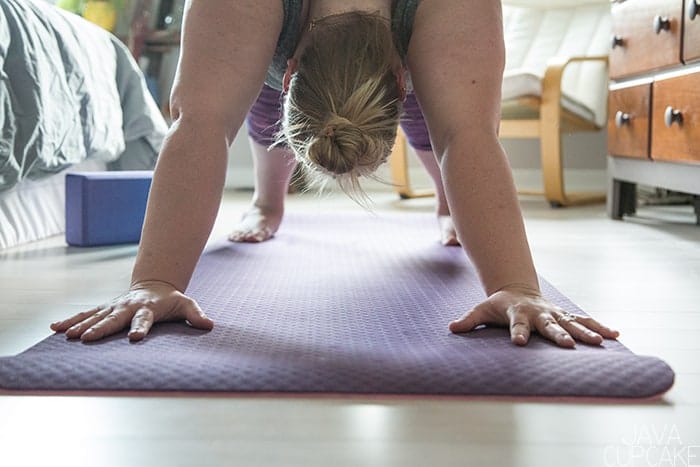
The benefits of yoga aren’t limited to the mind, in fact the physical benefits of yoga have drastically changed my life for the better.
Physical Health Benefits of Yoga
- Better Flexibility
- Improve Posture
- Better Balance
- More Strength
- Tones the Body
- Better Sleep
- More Energy
- Decreases Chronic Pain
I have struggled with lower back pain my entire life with little help from my primary care doctors at my family clinic. My local USO was holding free yoga classes and I decided to attend several.
It changed my life so much that the USO asked me to film a video for them about my experience with yoga at their center.
After that first yoga practice at the USO, my body had never felt that amazing before. My muscles and joints stretched and moved, cracked and made noise that sounded like I was falling apart. However that couldn’t be further from the truth… my body was healing and growing strong.
After a quick search online, I found Yoga with Adreiene… a YouTube channel with hundreds of videos that tackled issues in every part of the body. Adriene’s approach to teaching the practice of yoga makes it feel as though she’s in the room with you, reading your mind and saying the exact right thing and the exact right time.
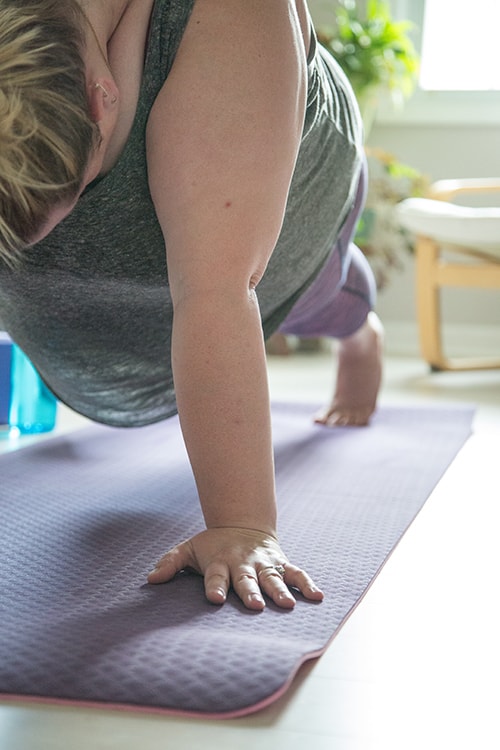
My favorite videos with Adriene for back pain are:
Even if I don’t have time to do a full yoga session, I take time almost every day to a few stretches for my back. This usually happens in the shower… crazily enough!
Just to recap, these 4 Ways to Decompress a Stressful Day are the tips that I’ve picked up along the way that help me.
There are so many ways to take time to recharge, destress, and feel better and I hope that these four ideas inspire you to help yourself feel better.
